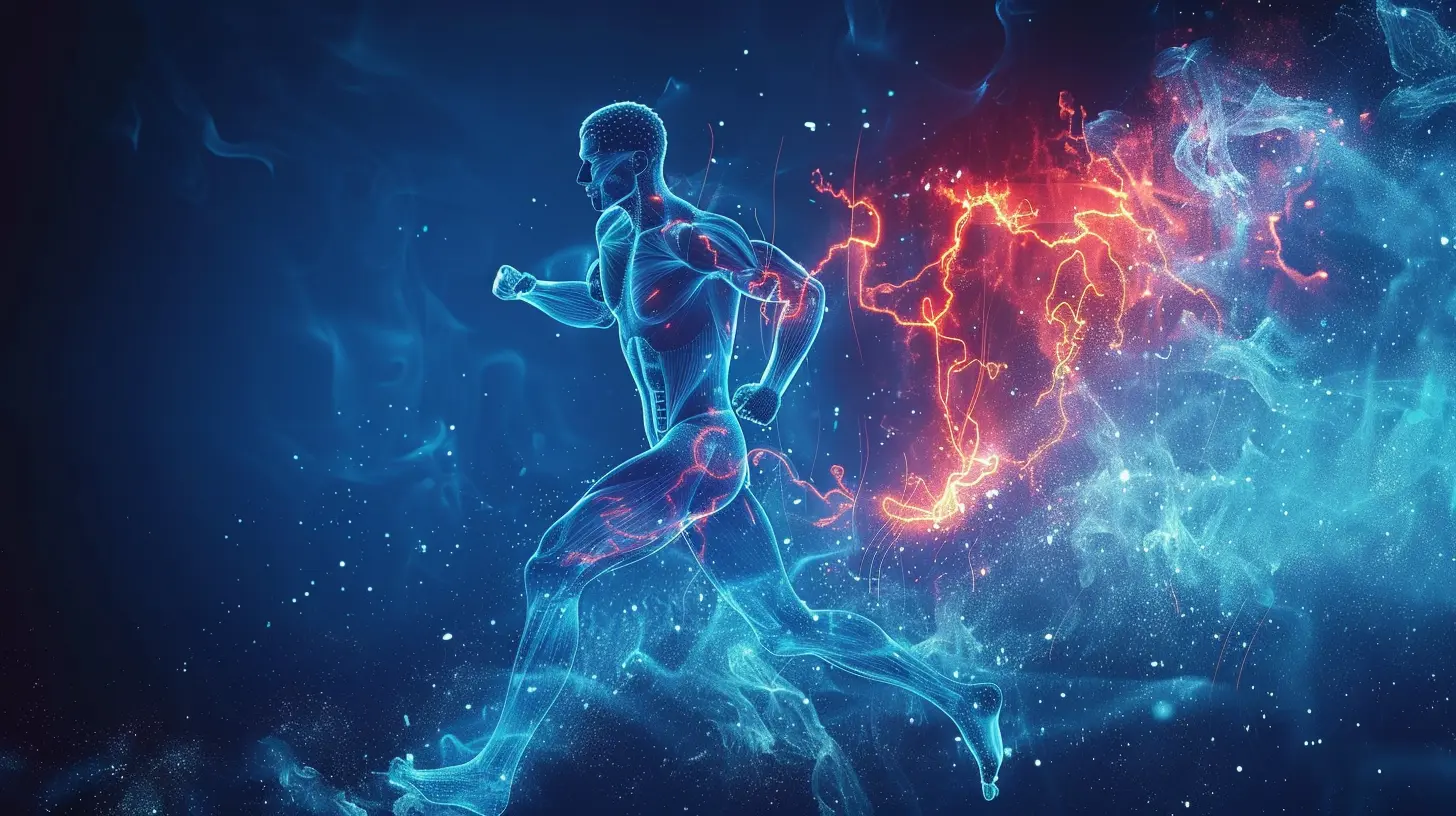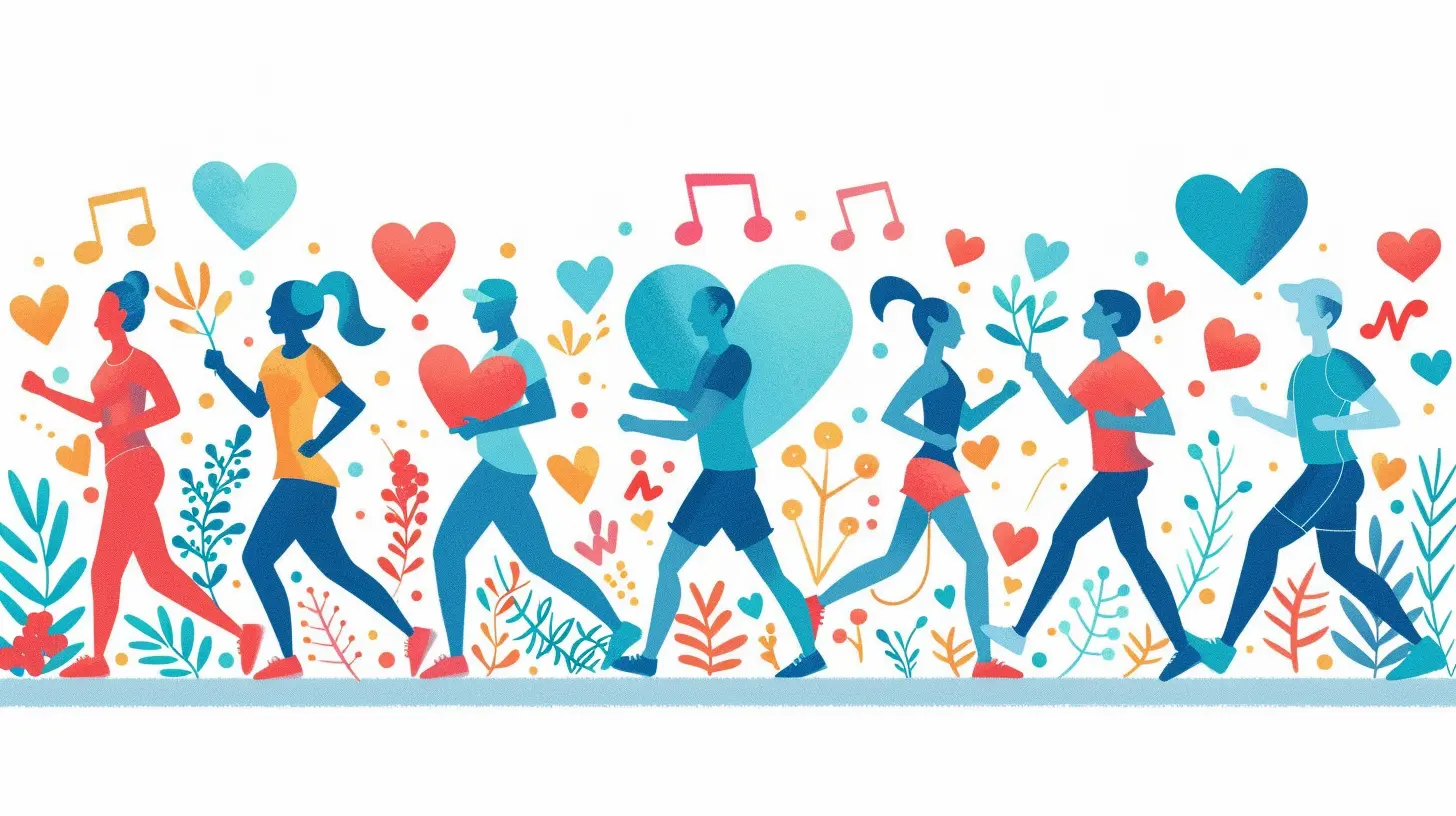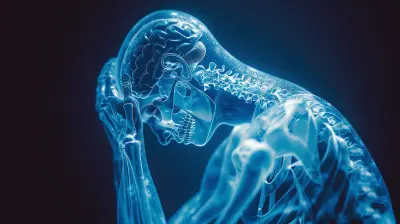6 December 2024
When it comes to fitness, cardio is like the Swiss Army Knife of exercises. Whether you're lacing up for a morning jog, hopping on a bike, or sweating it out in a Zumba class, cardio offers something for everyone. You’ve probably heard people rave about how cardio helps burn calories and shed pounds, but have you ever wondered how different types of cardio impact your body?
Let’s dive into the fascinating world of cardio and explore how these sweat sessions shape your body, from your heart and lungs to your muscles and hormones. Spoiler alert: not all cardio is created equal, and the type you choose matters more than you think! 
What Is Cardio?
Before we go any further, let’s clear up what we mean by “cardio.” Cardio, short for cardiovascular exercise, is any activity that increases your heart rate and gets you breathing harder. It’s like giving your heart a mini workout every time you exercise. Think running, swimming, biking, dancing, and even fast-paced walking—if it makes you break a sweat and gets your heart pumping, we’re talking cardio!The benefits? Oh, there are plenty. Regular cardio can boost your stamina, improve heart health, reduce stress, and even help you sleep better. But, depending on the type you choose, cardio can affect your body in very different ways.
The Different Types of Cardio
Not all cardio is created equal, and each type has a unique impact on your body. Let’s break it down.1. Steady-State Cardio
What Is It?
Steady-state cardio involves maintaining a consistent pace for an extended period. Think of activities like jogging, cycling at a steady speed, or swimming laps without varying your intensity.How It Affects Your Body
This type of cardio is perfect if you’re targeting endurance. Doing steady-state cardio trains your body to be more efficient at using oxygen, which is ideal for long-distance athletes. It’s also relatively low-impact, making it great for beginners or anyone recovering from an injury.Here’s the kicker though: while steady-state cardio is fantastic for burning calories, its overall calorie burn is often lower compared to other forms of cardio. If you're aiming to lose weight quickly, this might not be your go-to method.
2. High-Intensity Interval Training (HIIT)
What Is It?
HIIT is all about going hard for short bursts followed by periods of rest or low-intensity recovery. Imagine sprinting for 30 seconds, then walking for a minute, and repeating that cycle for 20 to 30 minutes.How It Affects Your Body
If steady-state cardio is the tortoise, HIIT is the hare—explosive, fast, and incredibly effective. HIIT is known for its afterburn effect, scientifically called Excess Post-Exercise Oxygen Consumption (EPOC). This means your body keeps burning calories long after your workout is over.HIIT is fantastic for improving your VO2 max (a measure of your body’s oxygen uptake) and building cardiovascular strength in less time. Plus, it’s a killer for fat loss while preserving muscle mass. Just a heads-up: HIIT is intense, so it’s not for the faint-hearted or absolute beginners.
3. Low-Impact Cardio
What Is It?
Low-impact cardio is easy on the joints and includes activities like walking, swimming, rowing, or using an elliptical.How It Affects Your Body
Low-impact doesn’t mean low returns. This type of cardio is an excellent alternative for people with joint pain, arthritis, or those who are new to exercise. Walking, for instance, can help improve your heart health and mood while being gentle on the body.It’s also a great way to recover from more intense workouts without overloading your muscles or joints. Think of low-impact cardio as the unsung hero of fitness—it’s not flashy but gets the job done.
4. Circuit Training Cardio
What Is It?
Circuit training combines strength exercises and cardio in a fast-paced format. Picture doing a round of jump squats, burpees, and kettlebell swings, then repeating the whole sequence a few times.How It Affects Your Body
Circuit training is like cardio’s multitasking sibling. It burns calories, builds muscle, and improves endurance—all at once. Plus, it keeps things interesting, so you’re less likely to get bored.And here’s the cherry on top: because you’re incorporating resistance exercises, you’ll end up building some lean muscle mass while torching fat. Who doesn’t love a two-for-one deal?
5. Cardio Dance Workouts
What Is It?
Think Zumba, hip-hop dance classes, or even just grooving to your favorite tunes in your living room.How It Affects Your Body
Dance workouts are more than just a fun way to move—they’re fantastic cardio. Not only do they improve your cardiovascular endurance and coordination, but they also release endorphins (aka the happiness hormone). Bonus: they’re so enjoyable that you might forget you’re even working out!Dance cardio is especially great for improving agility and flexibility, thanks to all those dynamic moves. Plus, it’s an amazing stress-buster.
6. Outdoor Cardio (Running, Hiking, Cycling)
What Is It?
This category includes outdoor activities like trail running, biking, and hiking.How It Affects Your Body
Outdoor cardio works wonders for your mental health. Breathing in fresh air and soaking up a dose of vitamin D can boost your mood and reduce stress levels.Physically, these workouts can challenge your body in unique ways. For example, running on a trail engages stabilizing muscles that don’t get much action on a treadmill. And hiking? It’s not just cardio—it’s also a killer leg workout. 
Comparing the Benefits
| Type of Cardio | Calories Burned | Muscle Engagement | Impact on Heart Health | Best For ||-------------------------------|---------------------|------------------------|----------------------------|-------------------------------|
| Steady-State Cardio | Moderate | Low to Moderate | High | Endurance and Beginners |
| HIIT | High | High | Very High | Fat Loss and Time-Efficient |
| Low-Impact Cardio | Low to Moderate | Low | Moderate | Recovery and Joint Support |
| Circuit Training | High | Very High | Moderate to High | All-in-One Workouts |
| Dance Cardio | Moderate to High | Moderate | High | Fun and Stress Relief |
| Outdoor Cardio | Moderate to High | Moderate to High | High | Mental Health and Variety |

How to Choose the Right Cardio for You
So, how do you pick the right type of cardio? It all depends on your goals, current fitness level, and personal preferences.- Want to lose weight efficiently? HIIT or circuit training might be your best bet.
- Recovering from an injury? Stick to low-impact options like walking or swimming.
- Looking for long-term endurance? Steady-state cardio is your friend.
- Just trying to spice things up? Dance away or hit an outdoor trail for a change of scenery.
Remember, the best cardio workout is the one you’ll actually enjoy and stick to.
Final Thoughts
Cardio isn’t one-size-fits-all. Each type of cardio affects your body differently, from burning fat and building endurance to improving mental health and preserving muscle mass. The key is to experiment and find the kind of cardio that works best for your goals—and your lifestyle.Whether you’re sweating through a HIIT session or enjoying a peaceful walk in the park, the important thing is that you’re moving. At the end of the day, any cardio is better than no cardio. So, lace up those sneakers and get started—your heart (and body) will thank you!










Halle McLaurin
Cardio variety shapes overall health significantly.
April 3, 2025 at 4:07 PM